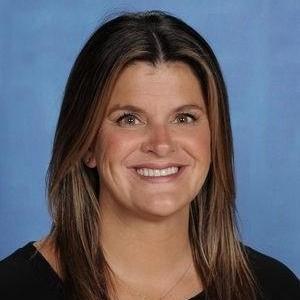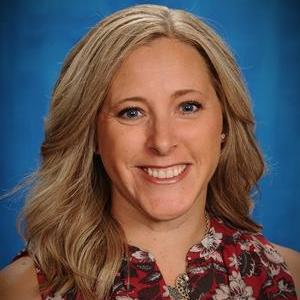What happens when leaders from the central office to the classroom create the space and trust for deep learning together?
At the UW Center for Educational Leadership (CEL), our Principal Supervisor Professional Learning and Coaching (PSPLC) helps principal supervisors and principals do just that. We’re excited to celebrate with the Central Valley School District leaders–in Eastern Washington–the kind of tangible, student-centered impact that’s possible when courageous leaders commit to learning and growing together.
Through this Principal Supervisor Learning, principal supervisors and a partner principal learn side by side, guided by a clear theory of action that connects leader practice at every level to teacher moves and student learning. To ground their learning, principal supervisor-principal pairs choose a group of focus students.
Central Valley Regional Learning Director Lindsay Kent and Principal Jen Tesky of Liberty Lake Elementary focused on students in 5th-grade teacher Nicole Foster’s class. The results speak volumes: Nicole’s students saw a more than 40% increase in their English Language Arts scores on Washington’s standardized state test, with the class scoring 86% overall!
So, how did this growth happen?
It started with Lindsay and Jen reviewing state, district, and classroom assessment data and consulting with Nicole to select a small group of students who were not meeting proficiency standards and were less engaged in reading. Jen also conducted a survey and focus groups to better understand students’ experiences.
According to Lindsay, “Through classroom observations and analysis of survey data, we noticed that students like [the focus students] thrived when instruction was personalized, scaffolded, and connected to their interests, but disengaged during independent work when supports were inconsistent.”
These classroom observations helped the pair define their theory of action: “If the principal supervisor provides strategic coaching around instructional leadership, then the principal will deliver more effective feedback [to teachers] on engagement strategies, leading teachers to implement student-centered approaches, ultimately resulting in increased student engagement and ownership of learning.”
Lindsay shared that the focused, data-driven coaching helped Jen become a more impactful instructional leader, particularly in sharing actionable feedback with Nicole to ultimately improve student learning experiences.
Reflecting on the experience, Lindsay said: “What changed for me was a deeper appreciation for the value of coaching as a two-way learning process, especially when it is rooted in trust and vulnerability.”
At CEL, we believe that lasting improvement starts with reflective, student-centered instructional leadership. The work happening in the Central Valley is a powerful example of what’s possible when leaders learn and grow together.
As Lindsay put it: “With continued investment in coaching and a focus on aligning leadership practice with student-centered goals, I believe we are laying the foundation for sustainable, meaningful improvement.”


